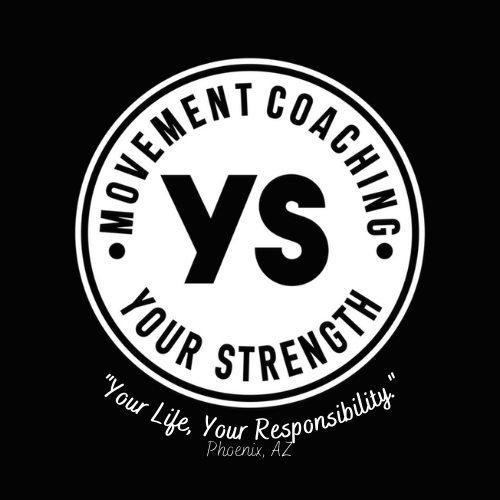Strengthening Your Posture Through Smart Training and Awareness
Good posture is not just about standing up straight; it's about cultivating a harmonious relationship between your muscles, joints, and breath. In this blog, we'll explore the intricate web of elements that contribute to posture and discuss how strength training, along with other methods, can transform the way you carry yourself. From understanding the key muscles involved to creating a 360-degree core, let's delve into the journey towards a naturally better posture.
Understanding Posture:
Posture is not a static concept; it's dynamic and influenced by various factors, such as muscle strength, joint mobility, and breathing patterns.
Contrary to popular belief, poor posture doesn't solely arise from slouching; it often results from the inability to use muscles effectively, coupled with low endurance and flexibility.
Key Muscles and Their Role:
To improve posture, it's crucial to target specific muscle groups.
Erector Spinae - along spine
Rectus Abdominis - belly
Transverse Abdominis - 360 degree between ribs and hips
Trapezius muscles - back
Rhomboids - upper back, shoulders
Latissimus Dorsi - back
Serratus Anterior - shoulders
Quadratus Lumborum - low back
Gluteus Medius - hips
all play a vital role in supporting the spine and maintaining an upright posture.
Building a 360-Degree Core:
A strong core is at the heart of good posture. Beyond the traditional concept of abdominal muscles, a 360-degree core involves strengthening muscles all around your torso, including the deep muscles like the transverse abdominis. This comprehensive approach provides a solid foundation for better posture.
The Role of Diaphragm and Breathing:
Proper breathing patterns are intricately linked to posture. The diaphragm, a key respiratory muscle, not only aids in efficient breathing but also supports the spine. Training yourself to activate the diaphragm in a 360-degree manner enhances overall core stability and contributes to better posture.
Impact of Thoracic Compression on Posture:
Compression of the upper thorax and mediastinum can adversely affect posture. By focusing on exercises that improve full diaphragm activation and expansion which will reduce compression. With proper movement of the diaphragm, ribs, and collar bones, the body can effortlessly hold an upright posture with every breath.
This effortless upright posture is referred to as an up or neutral pump handle vs down pump handle, which implies a more flexed spine position with head and neck involvement which can impair ideal breathing mechanics.
Lifting Techniques and Posture:
Maintaining good posture is not only aesthetically pleasing it is also mentally stimulating. It is also essential for safety, particularly during lifting activities. Proper lifting techniques or postures, grounded in a strong core and body awareness, reduce the risk of injuries and contribute to overall well-being.
Transitioning Between Postures:
Posture is about the ability to transition smoothly between different positions. Good posture is transitioning with ease. Regularly practicing exercises that promote flexibility and muscular endurance can help break habitual posture patterns and makes it easier to utilize various postures, whether sitting or standing, squatting or stepping, reaching or holding.
Building Healthy Habits:
Changing your posture is a gradual process that requires consistent effort. Instead of focusing solely on achieving a perfect posture, concentrate on building habits that align with your lifestyle and promote independent movement over a lifetime. Being able to step and reach with balance and ease, supports long term independence.
Favorite Posture Support Exercises:
Incorporate exercises like
dead-bugs,
bird dogs,
lying pull-overs,
farmers' carries,
bear crawls,
front rack marches,
360-degree breathing mechanics into your routine.
These exercises target multiple muscle groups, developing strength 360 degrees between hips and shoulders.
I always suggest that you have any history of injury or have little to no exercise experience you start with a certified movement professional to get some guidance and learn where your body is in space as you progress your strength. Working with a professional who has experience with clients who need modifications or are untrained can significantly reduce your risk for injury and improve your odds. Always refer to your doctor for your level of safe activity.
Improving posture goes beyond appearances; it's about nurturing your body's ability to move comfortably and confidently. By combining strength training with awareness of your body's positions and transitions, you can create a foundation for lasting posture improvement.
Remember, you're not broken – your body will adapt to the challenges you present it with. Cultivate a mindful approach to movement, and watch as your posture transforms, leading to reduced fatigue and discomfort at the end of each day.










